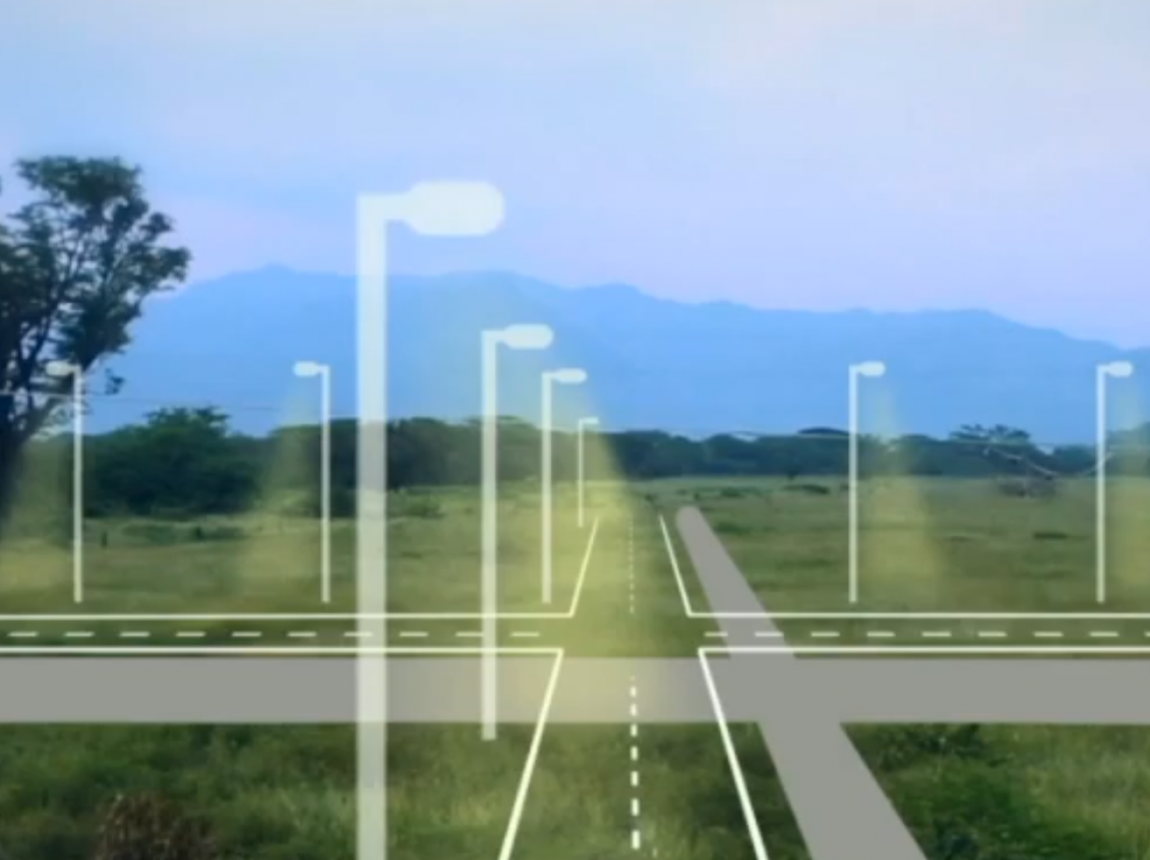Featured Posts
View all posts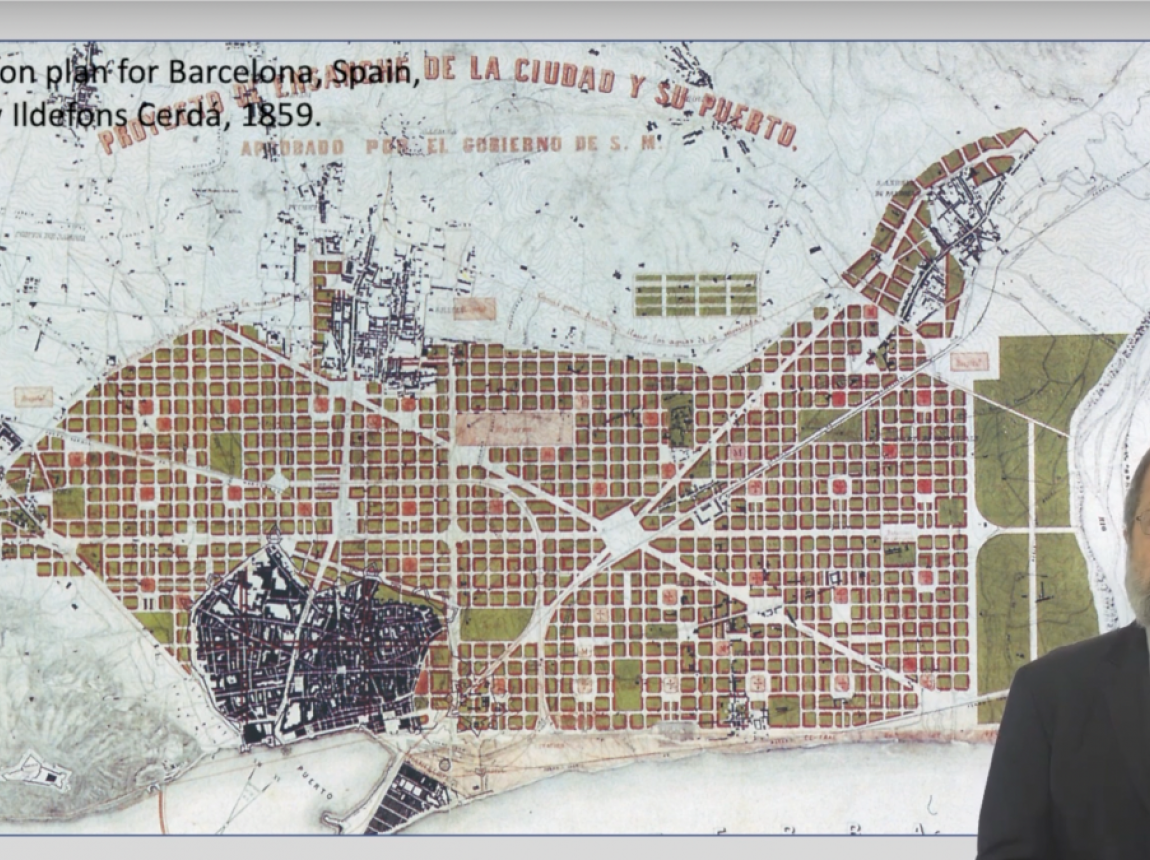
Aug 22,2025
Solly Angel Releases Training Video
on “Twelve Guidelines for Action on Urban Expansion”
more on:
urban planning
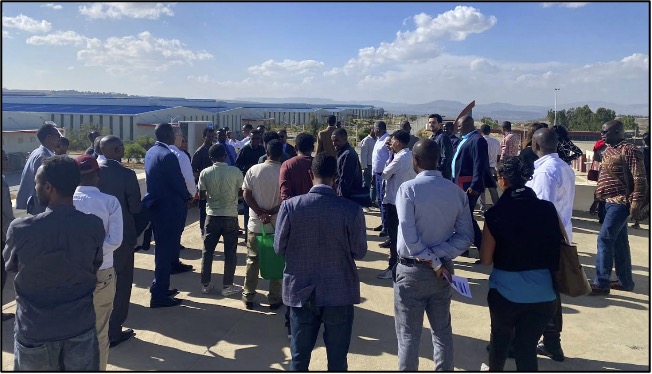
Jan 26,2024
Celebrating the Success
of Urban Expansion Planning in Mekele, Ethiopia
by
Shlomo (Solly) Angel
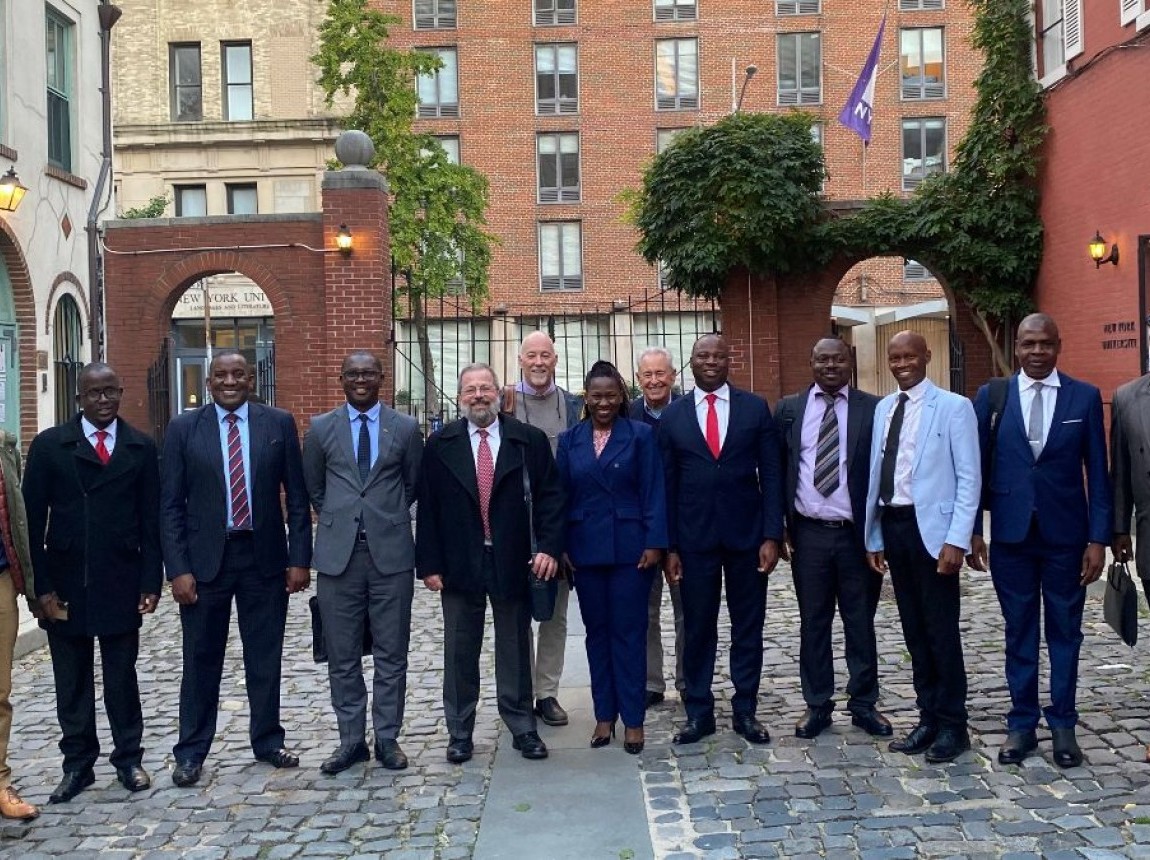
Nov 08,2023
Urban Expansion Program Hosts Malawian Dignitaries
for Accommodating Urban Growth Workshop at NYU Africa House

Nov 01,2023
Urban Expansion Program Hosts Malawian Dignitaries
for Accommodating Urban Growth Workshop at NYU Africa House

Oct 27,2021
Patrick Lamson-Hall Summarizes the Benefits
of Urban Expansion Planning in the Face of Climate Change
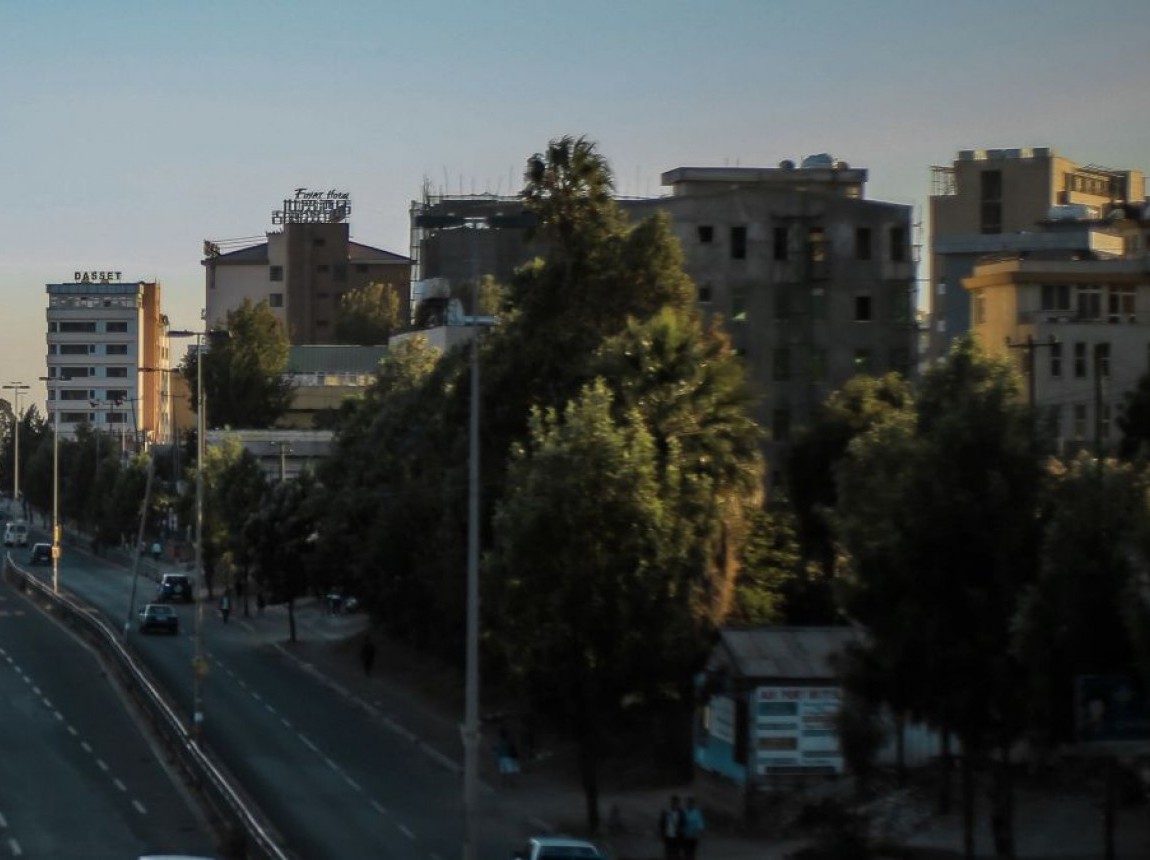
Feb 19,2021
Making Room for Urban Expansion
Catalyzes Infrastructure Investment in Ethiopia
by
Patrick Lamson-Hall
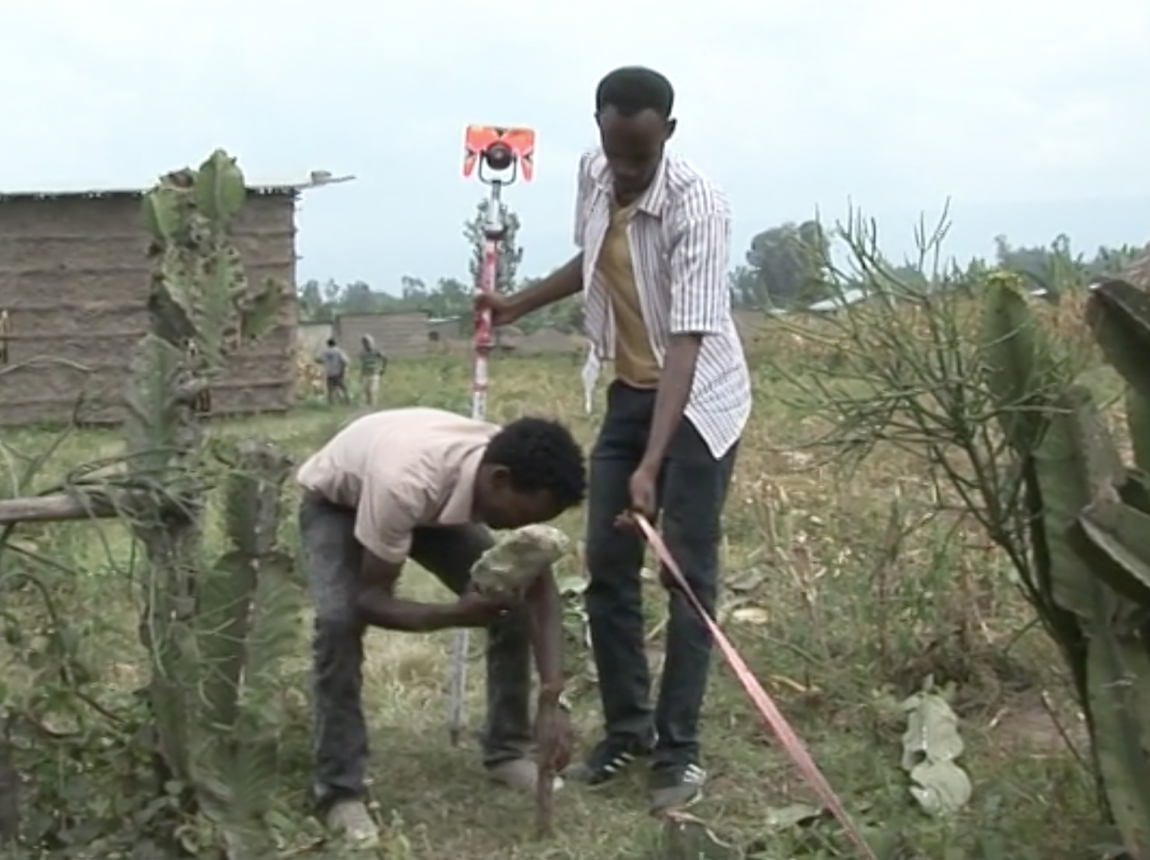
Sep 22,2020
How They Do It in Ethiopia
Making Room for Urban Expansion
by
Patrick Lamson-Hall
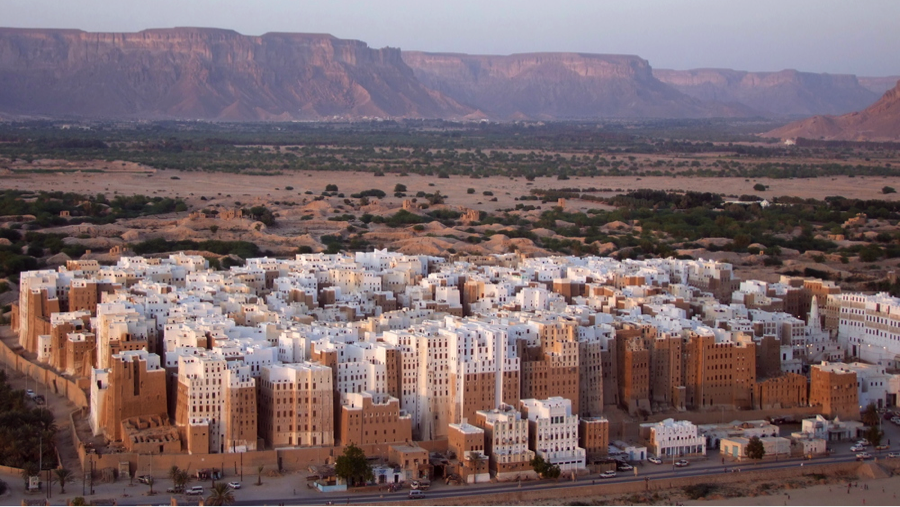
Aug 03,2020
Anatomy of Density I:
Measurable Factors that Together Constitute Urban Density
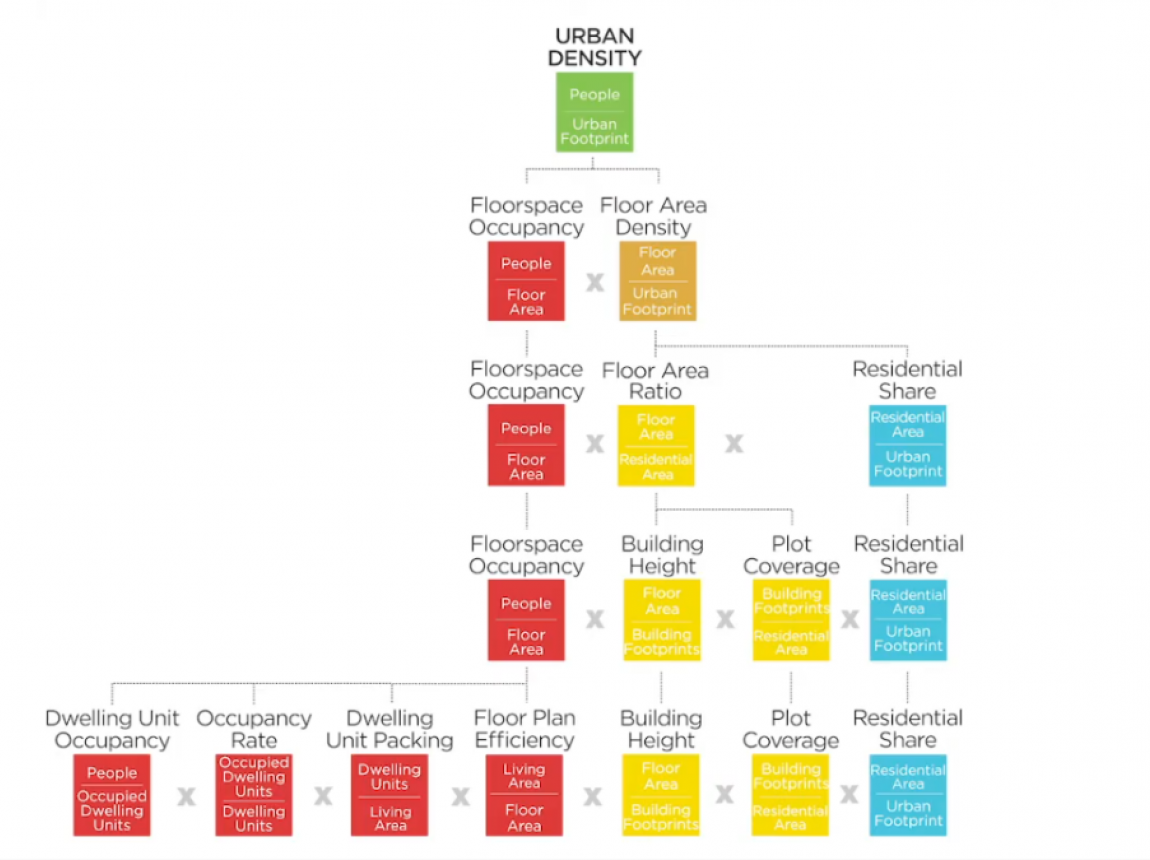
Jul 17,2020
Solly Angel’s Lecture on the Anatomy of Density

Oct 01,2020

